Your Car Hates Winter. Here’s How to Prep It Like a Pro.
I’ve spent a couple of decades with grease permanently etched under my fingernails, and I can tell you one thing for sure: winter will always find the weak spot in your car. It doesn’t care if you drive a shiny new pickup or a trusty old sedan. The cold, the wet, and the road salt team up for a full-on assault on your vehicle’s most important systems. I learned this lesson the hard way, not just in the shop, but on the side of a blizzardy road with a family whose trip was ruined by something as simple as a frozen fuel line.
In this article
Getting a car ready for winter isn’t just about ticking boxes on a generic list. It’s about being smart and proactive. It’s about understanding a little bit of the science behind why things break when the temperature plummets. When you know why a battery dies in the cold, you can stop it from happening before you’re left stranded. And listen, this isn’t about dropping a ton of cash. It’s about spending a little time now to save yourself a massive headache and a potential repair bill later.

Don’t have time for a full deep dive? I get it. If you only do two things this week, make them these:
- Swap Your Washer Fluid: Ditch the blue summer stuff and pour in a gallon of winter-grade fluid rated for -20°F. It costs about $4 and takes two minutes.
- Check Your Tire Tread: Grab a quarter and stick it upside down in your tire’s tread. If you can see the top of Washington’s head, your tires are dangerously low for winter conditions.
For everyone else, let’s walk through this the way a real mechanic would, focusing on what truly keeps you safe and your car reliable.
The Foundation: Tires and Getting a Grip
Everything your car does—accelerating, turning, and especially stopping—happens through four little patches of rubber touching the road. In winter, the condition of those patches is, without a doubt, the single most important factor for your safety. It’s the very first thing I look at on any car that rolls into my bay after Halloween.
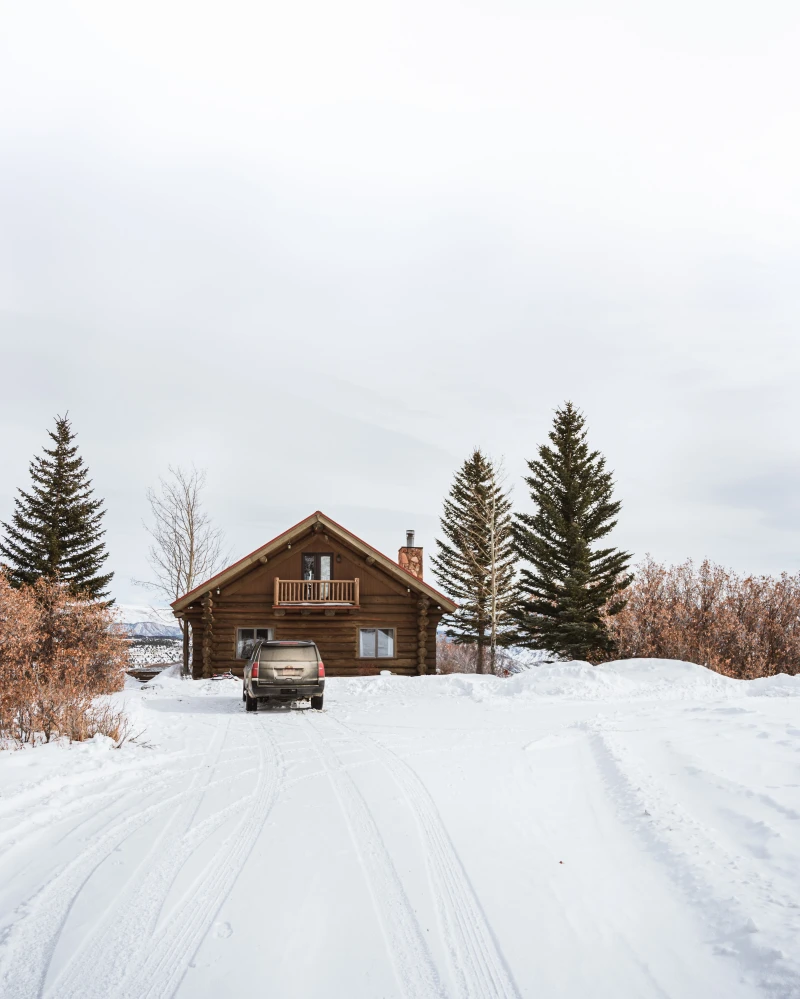
Why Your Tires Turn into Hockey Pucks
Tire rubber is a tricky thing. The compound used in a typical all-season tire starts getting hard and stiff once the temperature drops below about 45°F (7°C). Think of a plastic toy left outside overnight in January; it gets brittle. That loss of flexibility means the tire can’t properly grip the tiny imperfections in the pavement. This is why you can skid on a cold, dry road, long before any snow or ice shows up.
Winter tires, on the other hand, are made with a special recipe that includes more natural rubber and silica. This keeps them soft and pliable way down below freezing. On top of that, the tread is covered in thousands of tiny, razor-thin cuts called “sipes.” These little things work like a squeegee to wick away the micro-layer of water that sits on ice, giving you way more biting edges to dig into snow and slush.

How the Pros Inspect Tires
Honestly, the term “all-season” tire is a bit of a fib. For most places that get real snow, they’re really “three-season” tires. If you see consistent snow and ice, dedicated winter tires are the best safety investment you can make. You’ll see a symbol on the side that looks like a snowflake inside a three-peaked mountain (it’s called the 3PMSF symbol). That’s the seal of approval for severe snow service.
When you’re looking at a set of winter tires from quality brands like Bridgestone, Michelin, or Nokian, you should budget for around $150 to $300 per tire, depending on the size for your vehicle. It’s a chunk of change, but what’s the price of not sliding through a stop sign?
A quick tip on tread depth: the legal minimum is usually 2/32 of an inch, but that’s basically useless in winter. At that point, the grooves can’t channel slush away, and you’ll just hydroplane. I tell my clients that 6/32 of an inch is the real-world minimum for winter safety. A simple tire tread gauge costs less than $10, or you can just use the quarter trick I mentioned earlier.
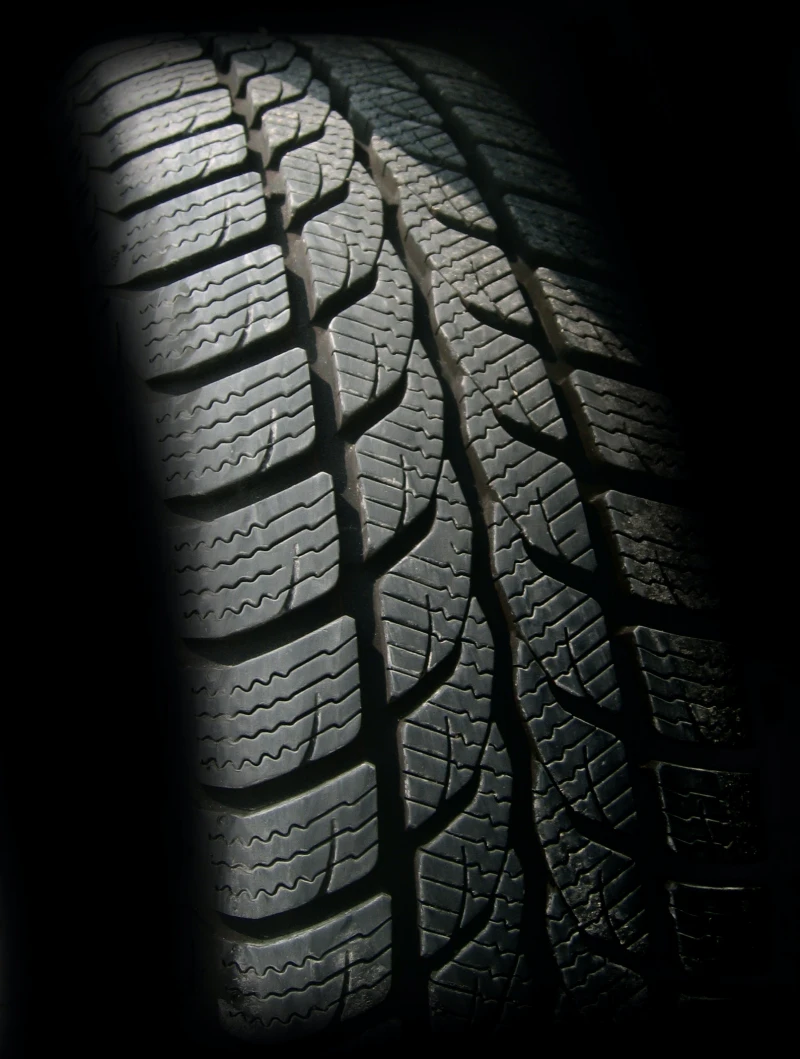
And please, check your tire pressure! For every 10°F drop in temperature, your tires lose about 1 PSI of pressure. So that 35 PSI you set in your warm garage could easily be 31 PSI on a frosty morning, which is enough to mess up your handling and wear your tires out unevenly. Always check the pressure when the tires are cold (before you’ve driven) and use the number on the sticker inside your driver’s door jamb—NOT the max pressure printed on the tire itself.
The Heartbeat: Your Battery
The number one reason for roadside assistance calls in the winter? A dead battery. A battery that worked perfectly fine in September can leave you totally stranded in January. It’s just simple chemistry.
A car battery’s chemical reaction that creates electricity slows way down in the cold. At freezing, it has lost about a third of its power. At 0°F, it’s working at less than half strength. At the same time, the cold turns your engine oil into thick syrup, meaning the starter needs way more power to crank the engine. It’s the perfect storm for a no-start situation.
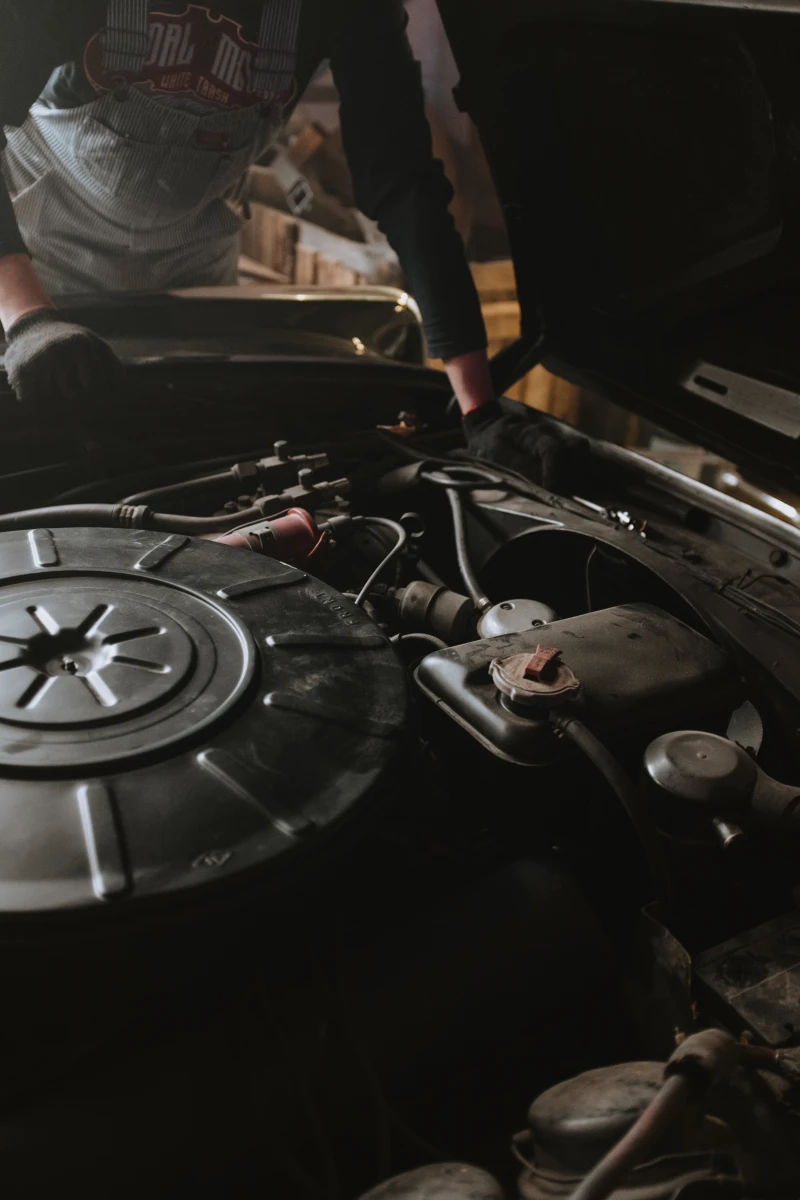
Testing Your Battery Health (It’s Easy!)
You don’t need to be a gearhead to get an early warning. Grab a basic multimeter—they cost about $20 at any auto parts store or online. Set the dial to DC Volts (a V with a straight line over it). With the car off, touch the red probe to the positive (+) terminal and the black probe to the negative (-). A healthy, fully charged battery should read 12.6 volts or higher. If you see 12.2, it’s only half-charged. Anything under 12, and you’re rolling the dice every time you turn the key.
For a real test, any auto parts store will do a free “load test,” which tells you if the battery can still deliver its rated Cold Cranking Amps (CCA). It’s the best way to know for sure if your battery is on its last legs.
By the way, if you see that crusty white or blue stuff on your battery terminals, that’s corrosion blocking the electrical flow. Cleaning it off is a crucial 10-minute job. Just disconnect the cables (ALWAYS disconnect the black/negative one first!), and scrub the terminals and clamps with a wire brush and a paste made from baking soda and water. Mix it to about the consistency of toothpaste. Once clean and reconnected (connect the red/positive one first this time), smear a little dielectric grease on there to prevent it from coming back.

The Power to Stop: Your Brakes
You absolutely need to trust your brakes on slippery roads. Winter is brutal on them, thanks to moisture and corrosive road salt.
Here’s the scary part: standard brake fluid is hygroscopic, which is a fancy way of saying it absorbs water right out of the air. Over time, that water contamination can be a disaster. In winter, that water can actually freeze inside your brake lines, creating an ice plug that can cause your brakes to fail completely. I’ve seen it happen. It’s terrifying.
A professional brake fluid flush is critical safety maintenance and usually costs between $80 and $150. It’s some of the best money you can spend on your car. The fluid in the reservoir under your hood should be a clear, honey color. If it looks dark like old coffee, it’s contaminated and needs to be changed.
While you’re at it, take a peek through your wheel spokes at the brake pads. If there’s less than about a quarter-inch of pad material left, it’s time to get them replaced.
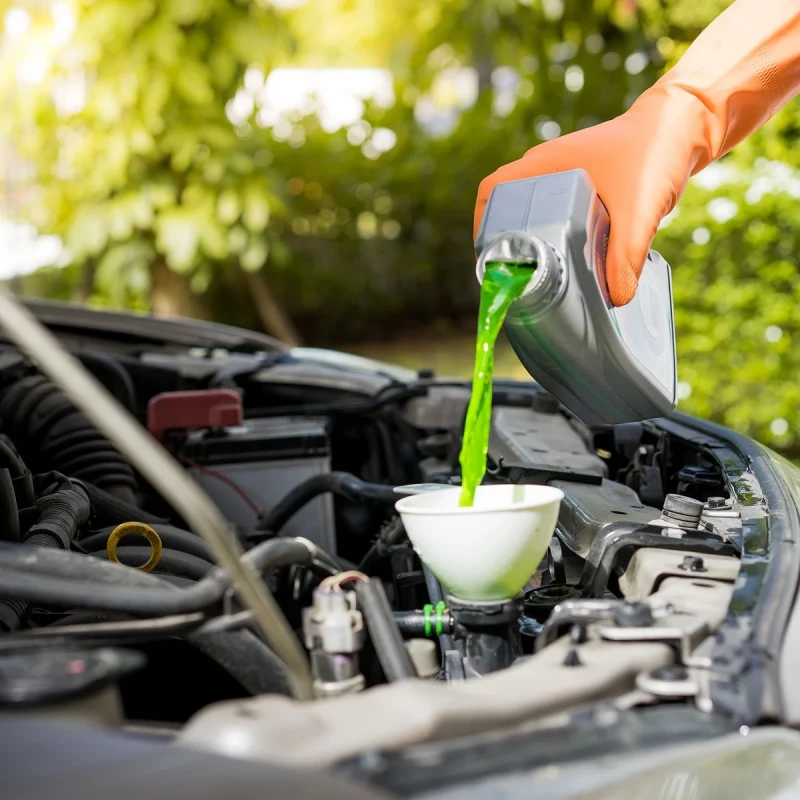
Engine Lifeblood: Oil, Coolant, and Washer Fluid
Your engine fluids are just as critical in the cold.
- Engine Oil: Look for an oil rating like 5W-30. That first number with the “W” (for Winter) tells you how well it flows when cold. A lower number is better. 5W oil flows much easier on a frigid morning than 10W oil, getting lubrication to your engine’s moving parts instantly. That first second after startup is when most engine wear happens.
- Coolant/Antifreeze: The 50/50 mix of antifreeze and water in your radiator is vital. Too much water and your engine block can freeze and crack—a catastrophic failure. A cheap hydrometer can test the mix. Oh yeah, and NEVER mix the old-school green coolant with the newer orange, pink, or blue stuff. It can create a thick sludge that will clog everything. When in doubt, stick to what your owner’s manual says.
- Washer Fluid: This seems minor, but it’s a massive safety issue. Using water or summer fluid is a rookie mistake. It’ll freeze solid, potentially cracking the reservoir. A gallon of good winter fluid rated to -20°F or lower is about $4. Being able to see in a salt-spray storm is priceless.
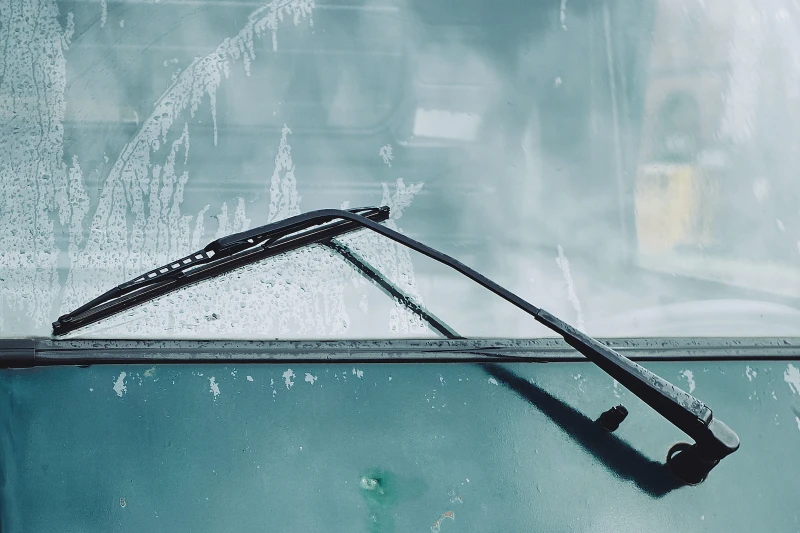
Seeing and Being Seen: Lights and Wipers
Visibility in winter is terrible. Give yourself an edge.
Wiper Blades: Those standard wipers with the metal frame get clogged with ice and leave huge, blurry streaks. I highly recommend upgrading to beam-style or winter-specific blades. They have a rubber boot that keeps the joints from freezing, ensuring they hug your windshield. It’s a $30-$40 upgrade that makes a world of difference.
Lights: Walk around your car and check every single bulb. Headlights, high beams, turn signals, brake lights. A dim bulb is a dying bulb. Also, look at your headlight lenses. If they’re yellow and hazy, your light output is probably cut in half. You can get a headlight restoration kit for about $20 that makes them crystal clear again. Plan for about an hour of work—the results are incredible.
Your Lifeline: A Winter Emergency Kit You Build Yourself
Good prep prevents most problems, but you still have to be ready for the unexpected. A good kit can turn a disaster into just an inconvenient delay. Don’t buy a pre-made one; build your own so you know what’s in it.
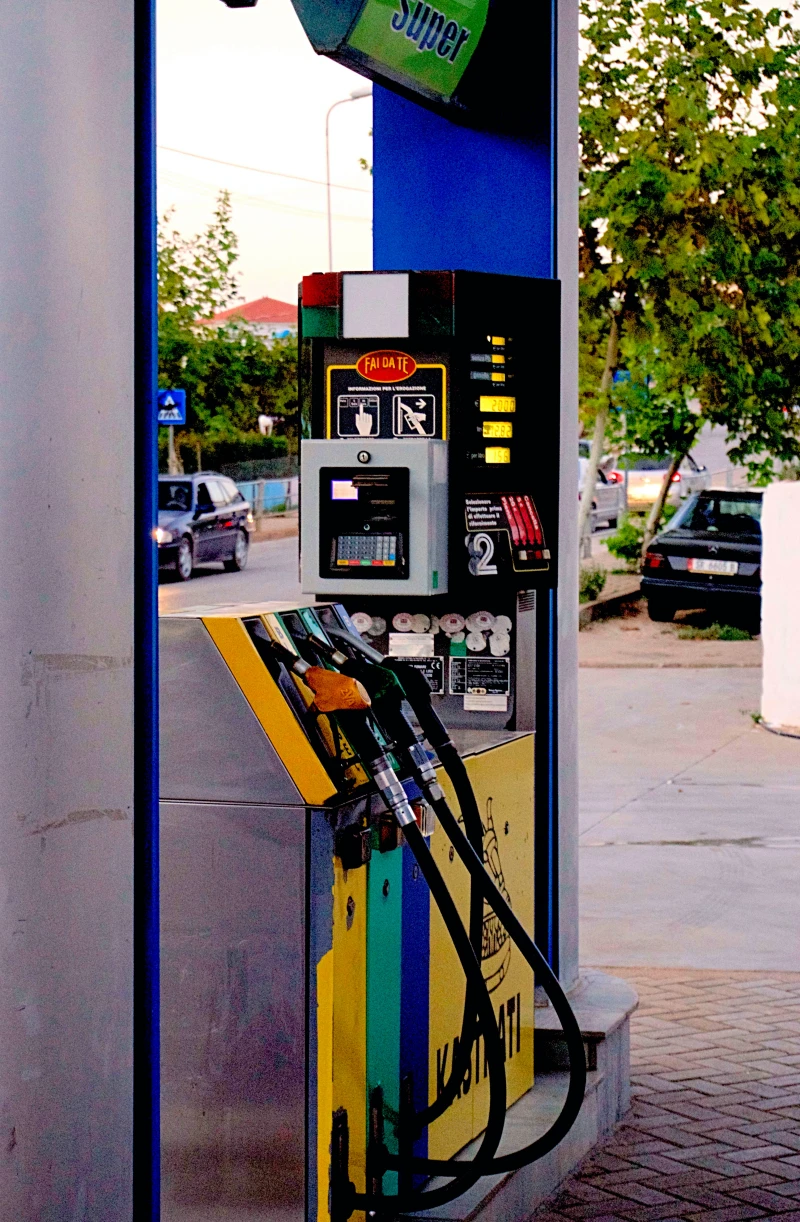
Here’s what I keep in my truck, with some ballpark costs:
- For Getting Unstuck: A sturdy, collapsible metal shovel (about $20), a bag of cheap clay cat litter for traction ($5), and a proper tow strap.
- For Staying Warm: A wool blanket (check thrift stores, they’re often under $10 and wool insulates even when damp), extra gloves and a hat, and chemical hand warmers.
- For Safety & Signaling: A good LED flashlight with lithium batteries (they work better in the cold), reflective triangles, and a portable phone charger. Your phone is your link to help.
I once slid my own truck into a ditch during a whiteout. I was fine but totally stuck. The shovel and the wool blanket I had in the back saved me from a truly miserable and dangerous night. Learn from my experience—be prepared.
The Final Word
This guide covers what you can do yourself. But there’s still incredible value in getting a pre-winter inspection from a trusted mechanic. For $50 to $100, they can put the car on a lift and spot things you can’t see, like corroding brake lines or a leaky exhaust, which can be deadly if you’re stuck and running the engine for heat.

Taking these steps changes winter driving from a gamble into a calculated activity. It’s about giving your car the support it needs to get you through the season safely. A little bit of work now buys you a whole lot of peace of mind.
Inspiration:
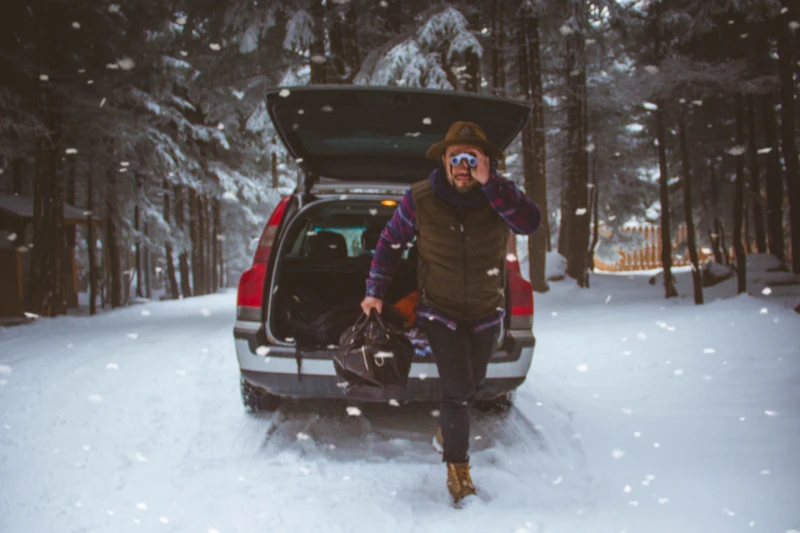
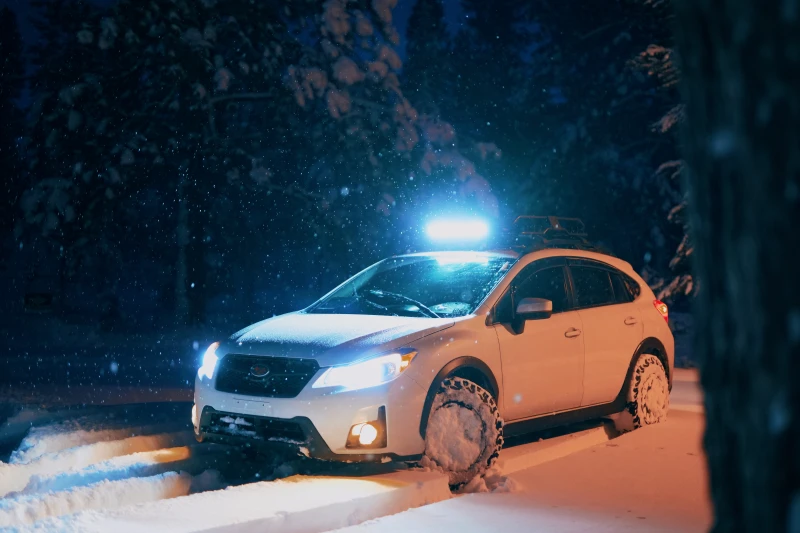
Why does a battery that worked fine all summer suddenly die on the first cold morning?
It’s a chemical double-whammy. Cold temperatures slow the chemical reaction inside the battery, reducing its power output. At 0°F (-18°C), a battery has only about half of its cranking power. At the same time, cold engine oil becomes thick like molasses, requiring more than double the energy to turn over. It’s the ultimate mismatch. Before the season hits, most auto parts stores will perform a free load test to see if your battery can still handle the winter stress test.

Road salt is a fantastic de-icer, but it can accelerate the corrosion process on a car’s underbody by up to 10 times compared to normal oxidation.
This is why a pre-winter wax or a modern ceramic coating is more than just for looks. A good coat, like one from Meguiar’s or Turtle Wax Hybrid Solutions, creates a hydrophobic barrier that repels the salty slush. More importantly, make a habit of visiting a car wash with undercarriage sprayers after a snowstorm to blast away the corrosive residue before it has a chance to settle in and do its damage.
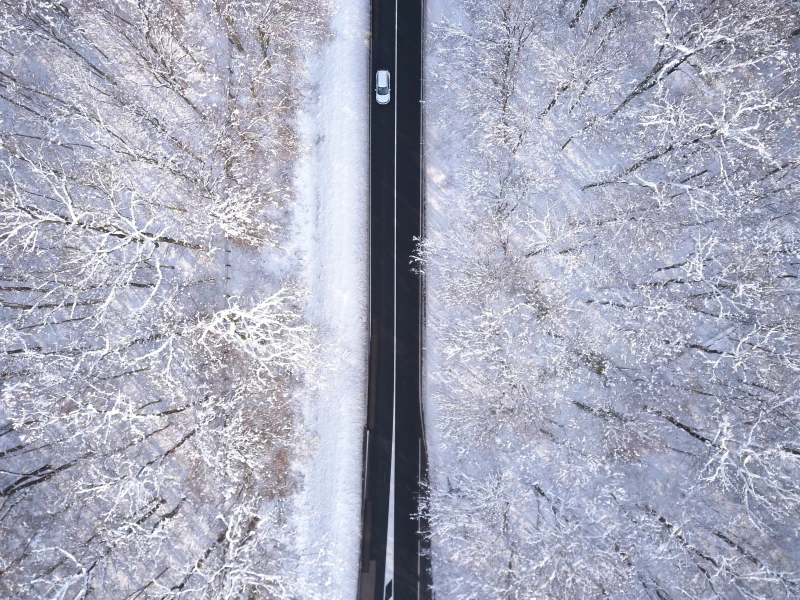
A smart winter kit goes beyond a blanket and a flashlight. Think about what you’d truly need if you were stuck for hours. We recommend building your own with these essentials:
- A collapsible metal shovel, not a flimsy plastic one.
- A bag of cat litter or sand for instant traction under spinning wheels.
- A portable USB power bank to keep your phone charged for communication.
- High-energy, non-perishable snacks like granola bars and nuts.
- A single-use reflective emergency blanket—it’s more effective than wool and takes up no space.
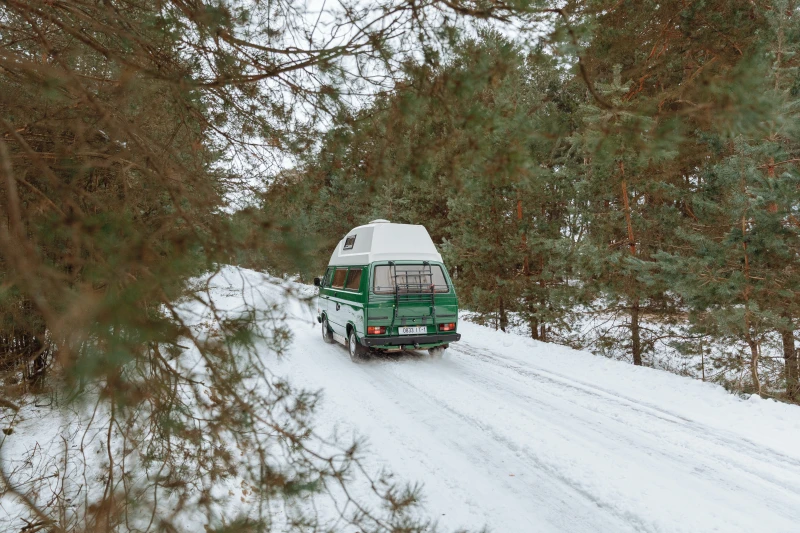
Standard Wiper Blades: Their exposed metal frames are magnets for ice and snow, causing them to lift from the windshield, chatter, and leave huge, uncleared streaks right in your line of sight.
Winter Wiper Blades: Models like the Bosch ICON or Trico Ice feature a one-piece, beam-style design or are encased in a rubber shell. This clever design prevents ice from building up on the blade’s mechanism, ensuring firm, even contact with the glass, no matter how nasty the weather gets. For a small price difference, the upgrade in visibility and safety is immense.
The most overlooked safety check: Your exhaust pipe. If you reverse into a deep snowbank or get plowed in, your car’s tailpipe can get completely blocked. A blocked exhaust can cause carbon monoxide to quickly flood the car’s cabin, which can be fatal. Before starting your car in deep snow, always take a moment to ensure the exhaust pipe is totally clear of any obstruction.










